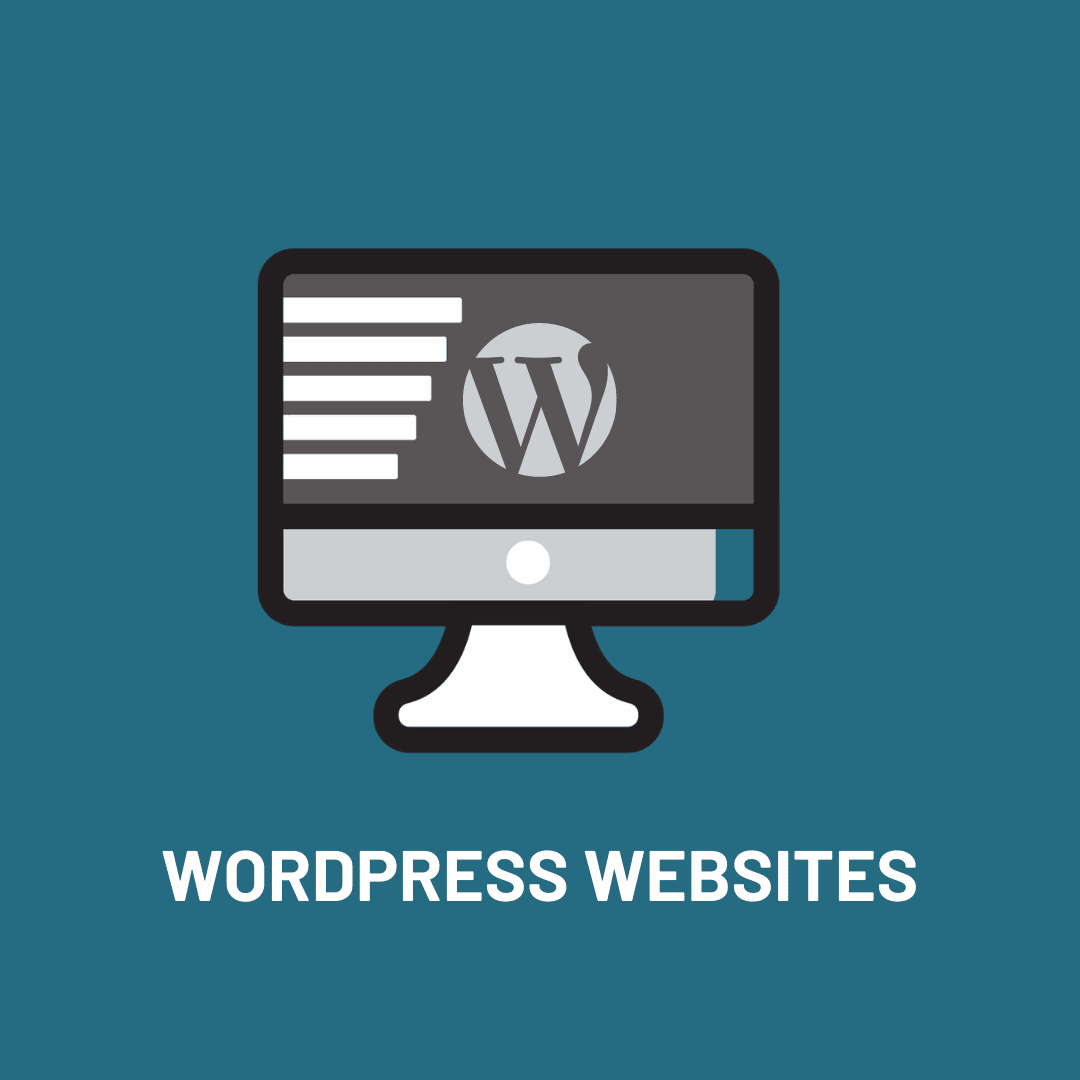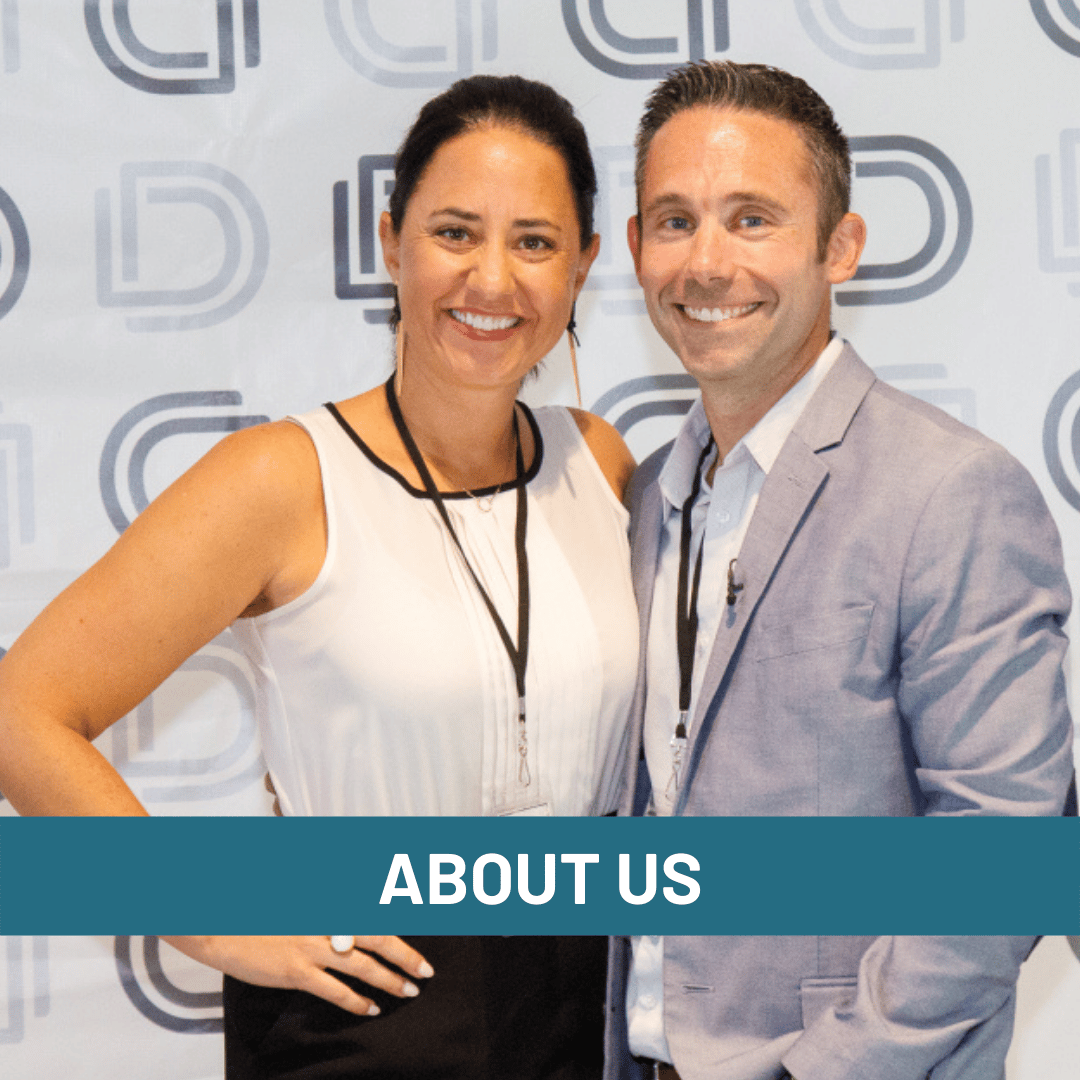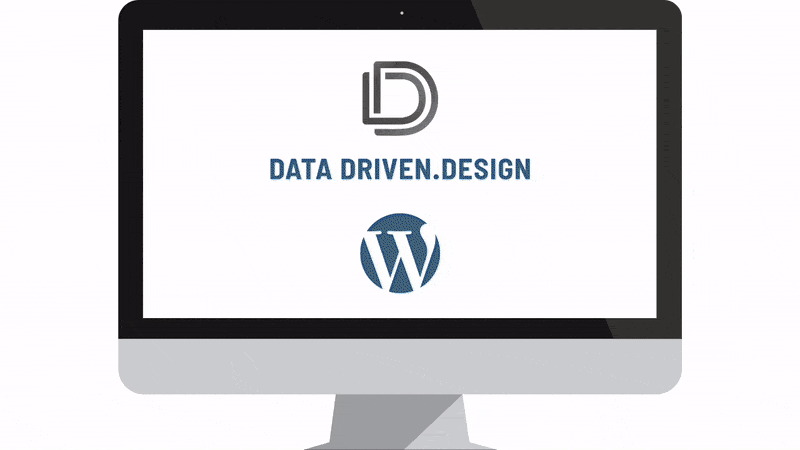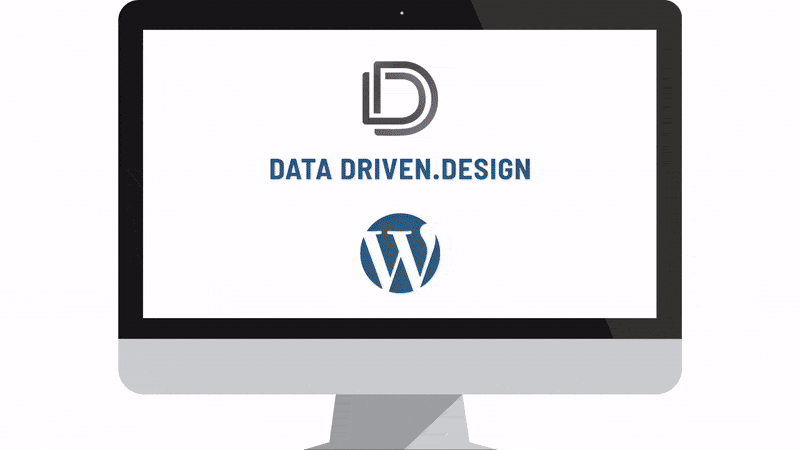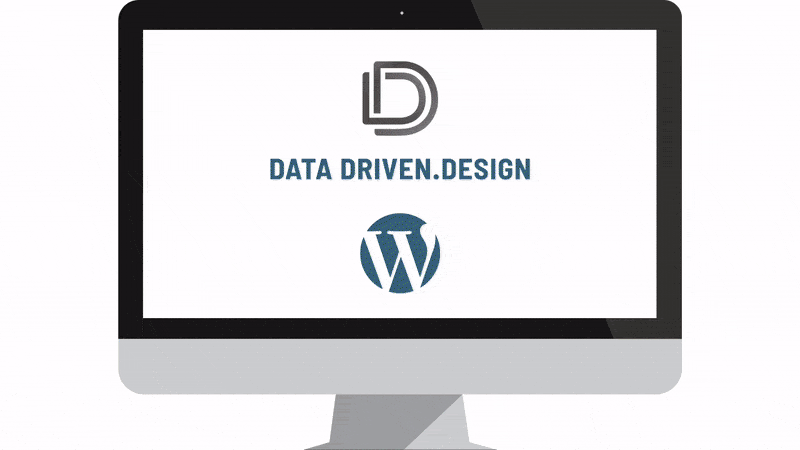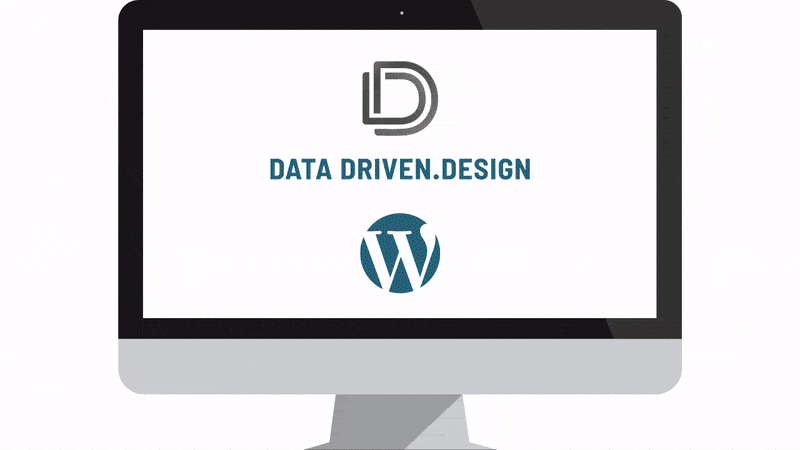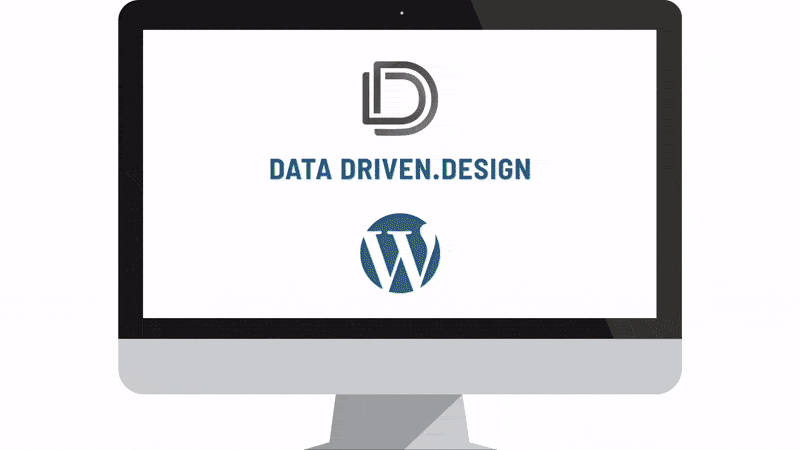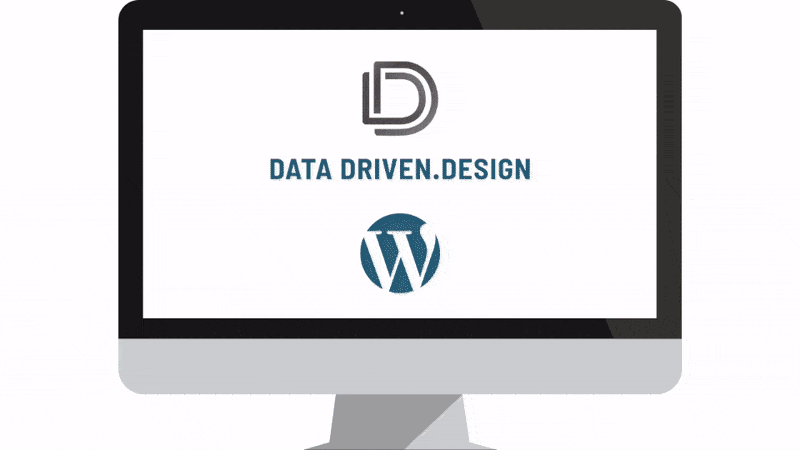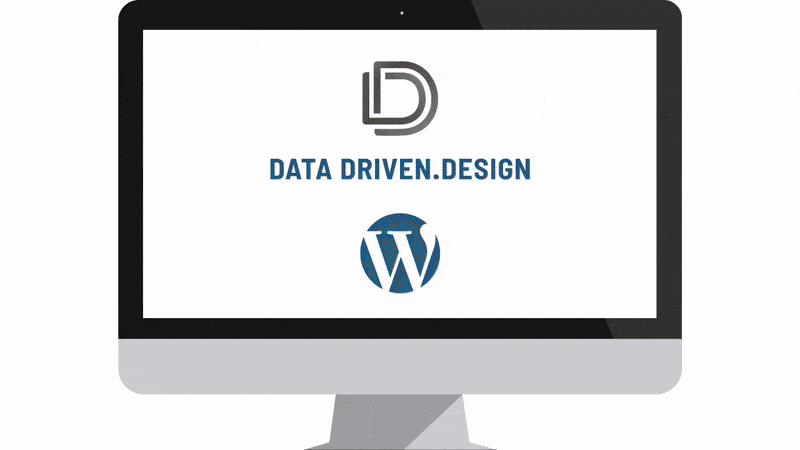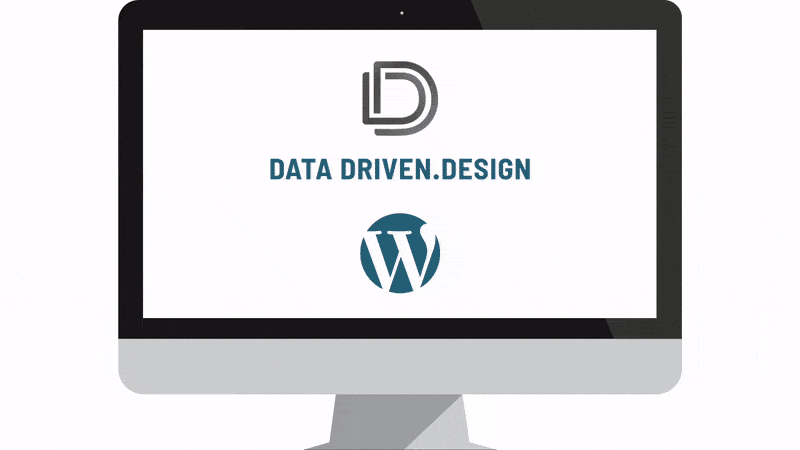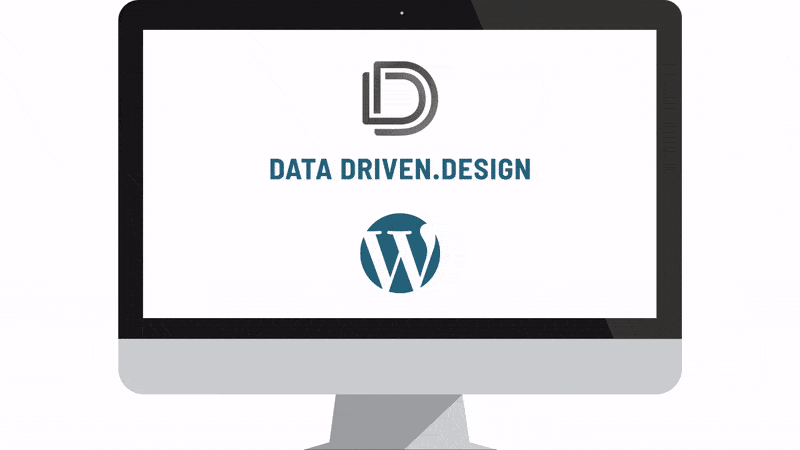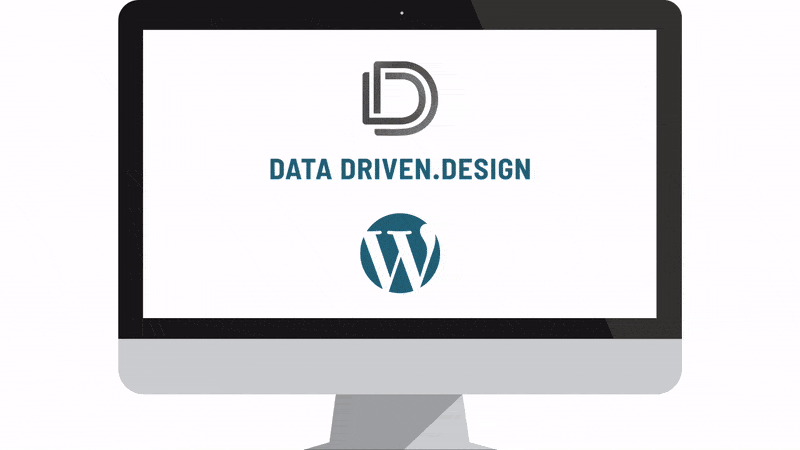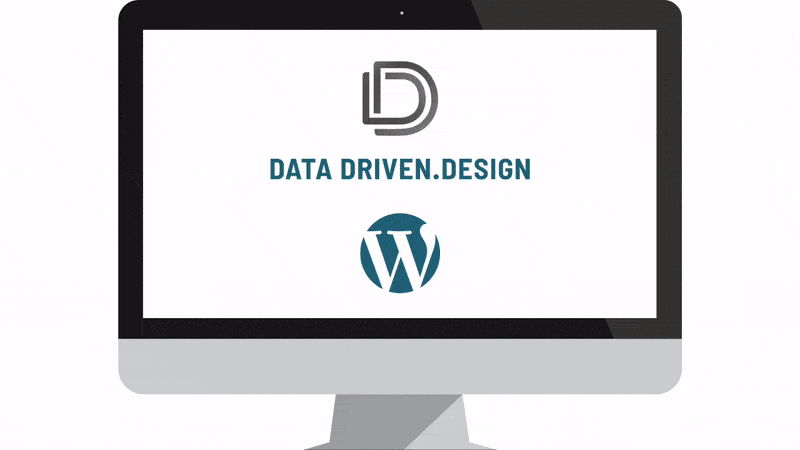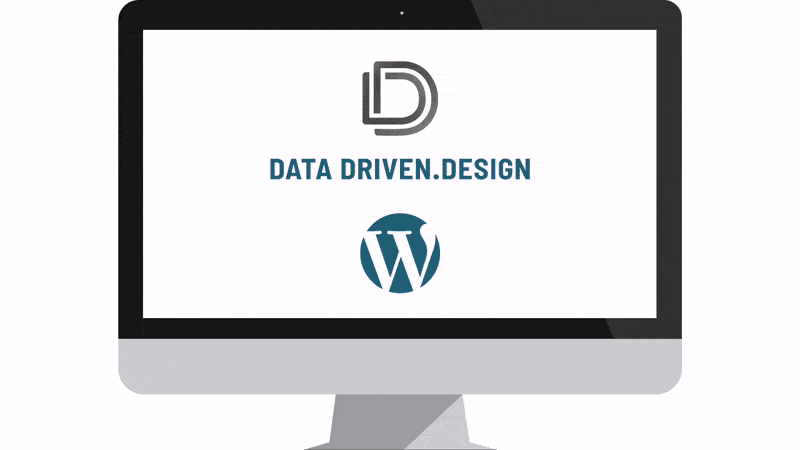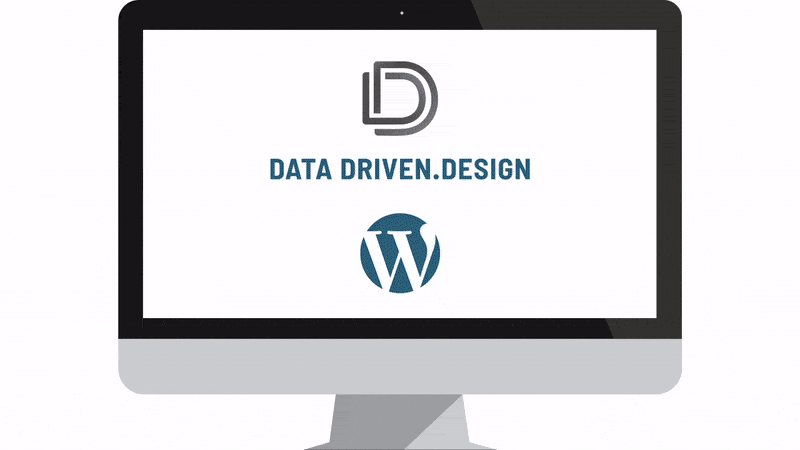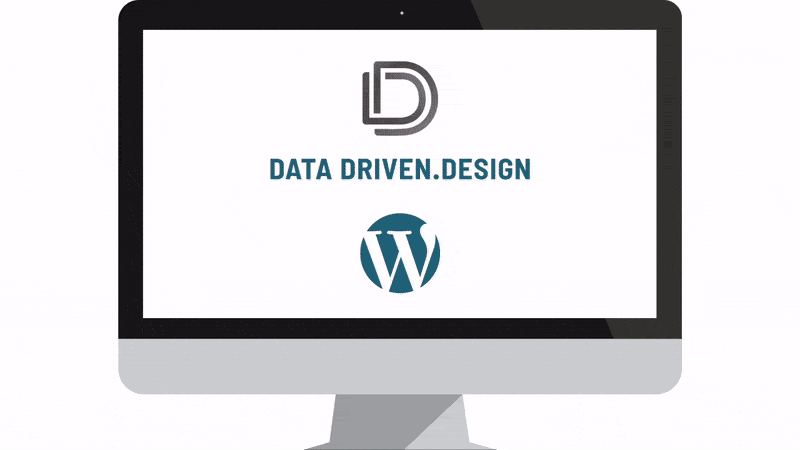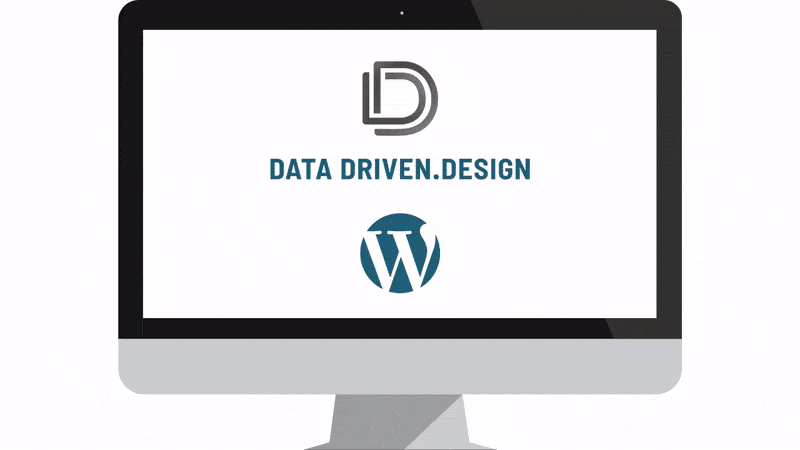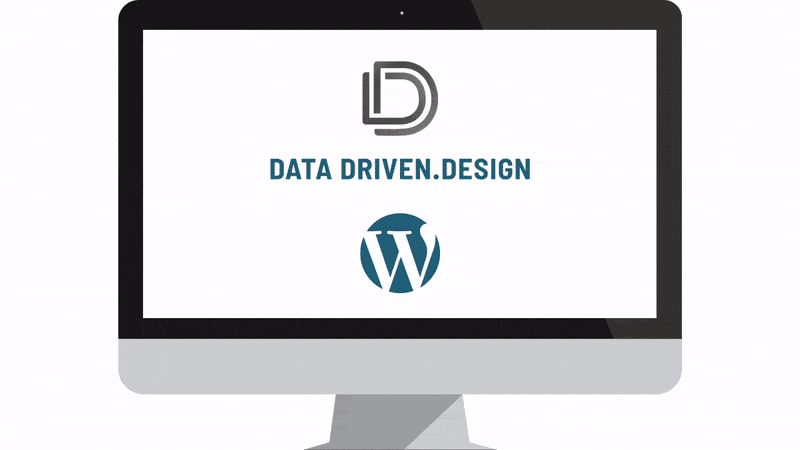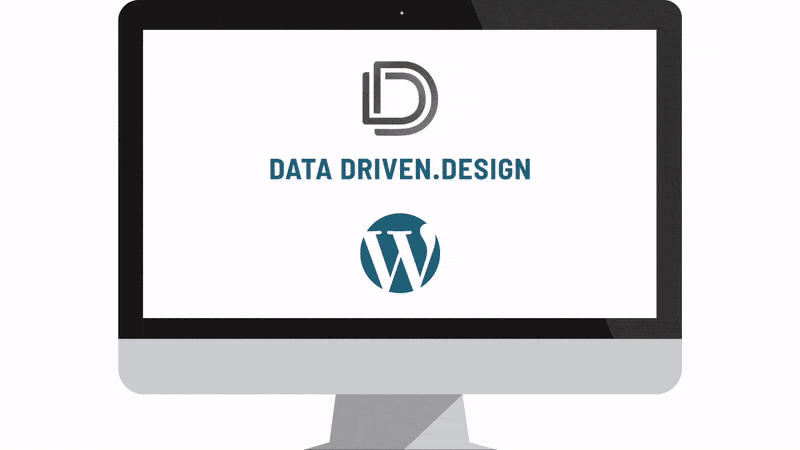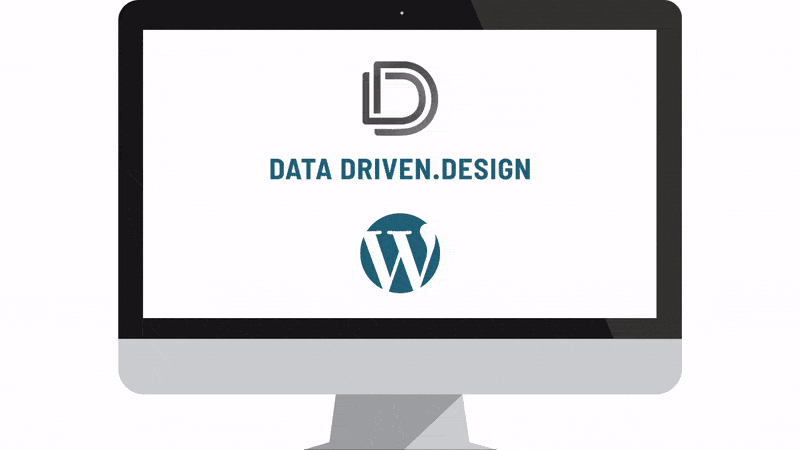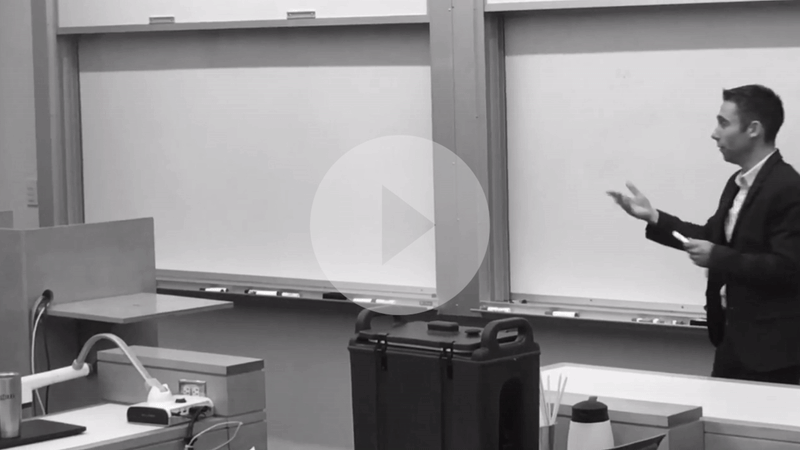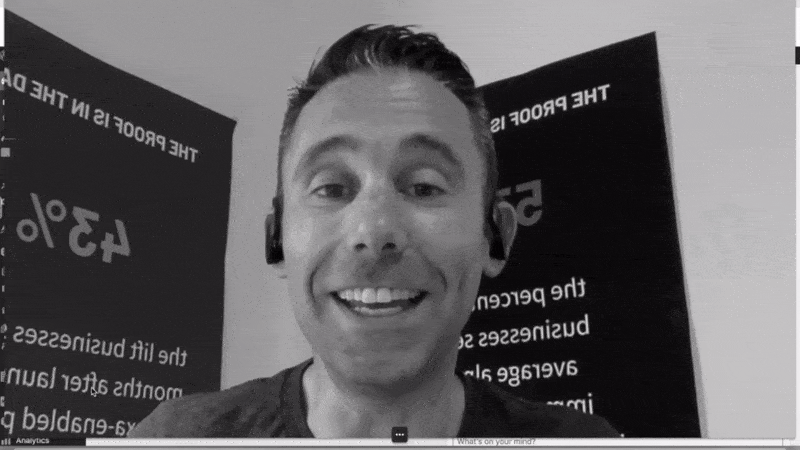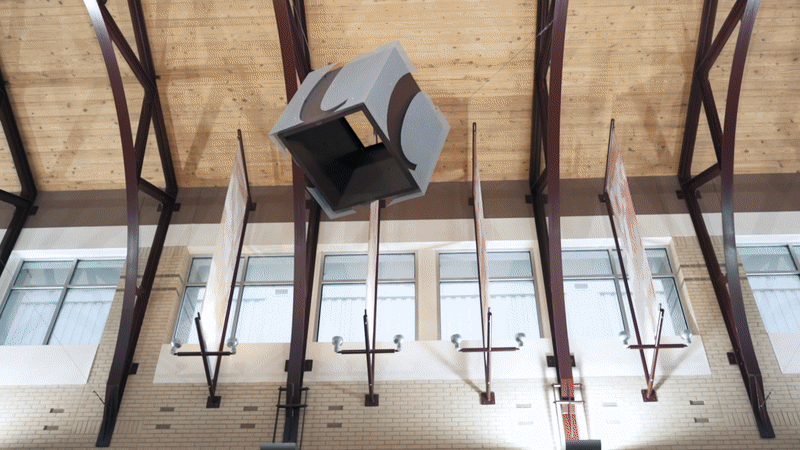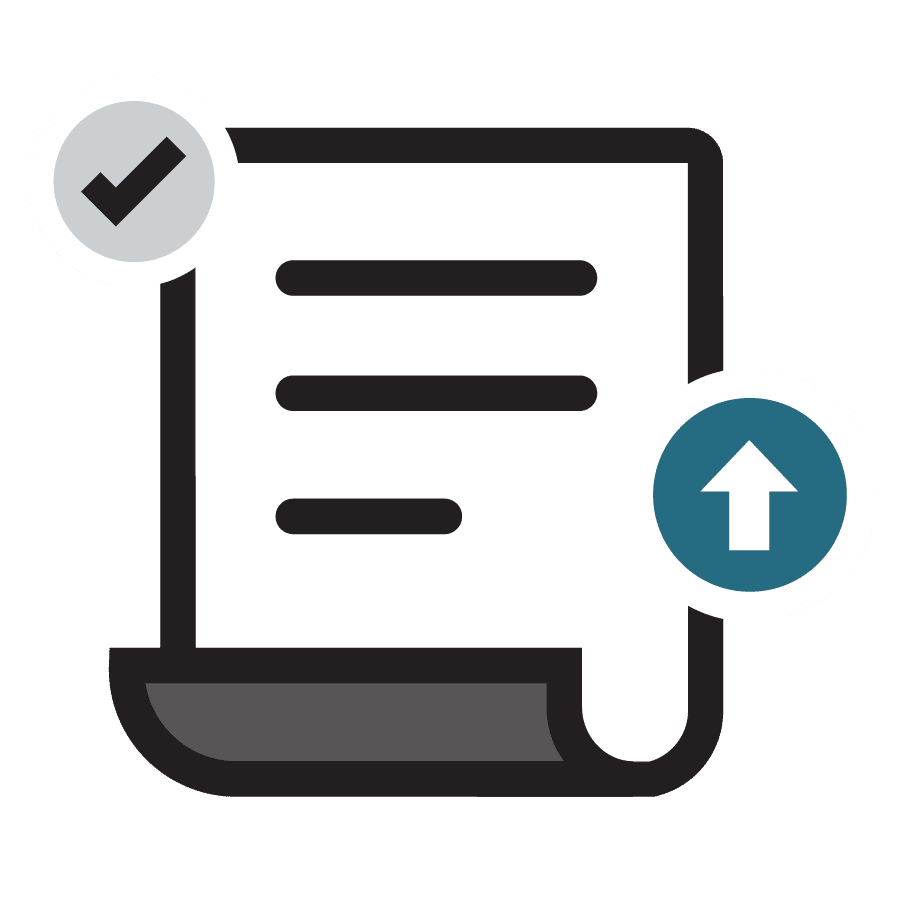How 2020 Changed Me (And Why I’m Excited About It)
READ
Each year, Halloween marks the anniversary of Data Driven Design, LLC. A year ago, going into 2020 (Year Four) I wrote a post about why I started the business, how thankful I was to have my team of nine full time employees (at the time), and thanking a ton of instrumental people who had gotten me to that point in my career.
On our fourth anniversary, going into Year Five, I'm preaching the same theme, but with VERY DIFFERENT DETAILS.
What remains the same is the big picture: the following words are what I aspire to be, always - Thankful, Grateful, Patient and Honest. I believe as long as I can do my best to carry out these words in my daily life, I can be Healthy and Happy, which is all I care about.
This is actually all I really care about and what I really want for everyone I love. This keeps me focused and driven.
What is different are the details, and the daily grind. I'm not going to rehash what 2020 brought for the world, and the United States of America, but because of world and domestic events, things are different now, and I realized early on in 2020, that if I was going to be able to remain Healthy and Happy, some things would have to change at Data Driven Design.
The first thing that would have to change would be releasing responsibility. Responsibility was stressing me out and when the pandemic hit, I didn't feel I could be responsible for the lives of 8 other senior level people with high salaries, on top of all else - clients, family, health and personal safety.
As hard as it was to do, the only thing I could drop was the 8 people - not from my heart, but from my payroll.
So, the irony is that last year I wrote about how I expanded the team from "just me," and this year I write about Data Driven Design downsizing back to "just me."
But, within weeks, as I was taking on all client work and making sure clients were having top notch experiences, I was able to build the team back up to 7 people, thanks to our Data Driven Design Apprenticeship program, which gives people looking to learn skills a chance at real world remote experience in digital strategy and WordPress web design.
Like I said though, the details are different. These are part-time apprentices, not full-time senior strategists. As such, I've had to rebuild the business model to be able to serve clients better than ever before, with a completely different team - and not overloading myself to where I have to work 20 hour days.
Here is how I've done it (and like everything else in life, it's still a work-in-progress):
1. Identifying Non-Negotiables - This year really forced me to really examine who I am, what I want to do, and why I want to do it, as well as what I don't want to do and why I don't want to do those things. This is where I came up with my non-negotiables. In Year One (2017), I took on all work, barely slept, made money, but was exhausted and knew it couldn't continue. In Years Two and Three (2018 and 2019), I took on all work, slept more because I hired a team, made more revenue, but much less profit (less in my pocket), and started to feel the pressure of making payroll each month by taking on clients and work I didn't always enjoy. These factors affected my personal life and my relationships with those I love.
But with a new opportunity to reset things in 2020, I decided that I was only going to take on work that I loved (especially since I was again for a short period basically the only one on my team capable of doing the work), and only work that I could take on if another on my team failed at it.
This led me to cut out the following: Custom Software (because I'm not a software dev), Google Adwords (because I don't love it anymore nor to I believe it really works), Facebook Ads (same as Google Ads), Ongoing SEO (it just takes a ton of time that I don't have anymore and I don't fully LOVE it).
Another non-negotiable was meetings and phone calls. I HATE them and always have. No disrespect to anyone who feels they're necessary, because from time-to-time they are, but I was letting them rule my life, and that had to stop.
I've since cancelled my cell phone (data only now), and limited my availability for Zoom calls to Wednesdays from 7 a.m. - 11 a.m. CT. Yep, that's it. Monthly there's a couple clients that get me for one hour. Other than that, everything can be covered via pre and post communications and 30 minute calls maximum. Loom.com videos are a tool that has helped me immensely in pulling this off.
These changes have actually allowed me to enjoy taking my daughter to school and riding bikes with my son to the bus stop in the mornings.
And while I had previously learned to unplug on family vacations, I've maximized my enjoyment on them now due to a more reasonable workload overall to keep up with.
2. Doubling-Down on Strengths - Creating WordPress websites that are optimized for SEO, mobile and now voice devices like Alexa and Google Assistant is my jam. That's what I'm doing now, period. Voice User Interface Design for Alexa and Google Assistant is in the mix, along with the occasional digital strategy power hour or block of hours for a consulting engagement - but those are limited to my favorite clients (you know who you are). These are my strengths, what I'm best at, and what I'm focusing on, period. WordPress, Voice and the occasional block of hours for Digital Strategy.
3. Trimming Costs - I am fortunate enough to have the skills to execute all projects that Data Driven Design sells, so while it was hard to let employees go, it wasn't hard for me personally to do the work after the tough decisions were made. This was the biggest cost-cutting, in the wake of the economic shutdown. And once the cost-cutting started, I found myself motivated to see how much I could make work while trimming the books a bit. As I dug in, I found unnecessary financial services I was paying for which led me to switch banks, and software like Slack and Basecamp that had free versions I could easily downgrade to. I was able to cancel many unnecessary SaaS projects also. All of these smaller fees added up to quite a substantial number, making being a two-person FTE business with low overhead cost and no office a pretty enjoyable and flexible business to be in.
4. Rebuilding The Team - I'm now working mostly alone constantly honing my craft and skills, but also with my wife Kate, as well as our team of apprentices, who are great. They are in it to learn and grow, and they all know that it's only a six-month program. There is a constant flow of applicants, which I think is good for everyone. Everyone "graduates" and moves on. Nobody can rest on their laurels anymore. Knowing that rebuilding the team is a constant brings me daily peace. I feel I've found a way to have a team and be a leader, without being fully responsible for the livelihood of families. In exchange, my teammates get the freedom to do what they want, when they want, FROM wherever they want, as they go through the program. This, I believe is representative of the new economy we'll all be in moving forward. This model also allows me a way to scale with low overhead cost if I so choose.
5. Communicating Clearer Than Ever - This occurs now in many areas, but specifically, the way I was selling needed to change. I realized I was giving away way too many deliverables and too much time for free in the hopes of earning trust and closing sales. In a good economy, this is fine, because you can always count on big budgets from clients to reward you at some point, but when 65% of our clients pulled their monthly retainers in March due to COVID-19, I knew I needed a real process for how to handle sales. Sure, I'd still give away time for free to help people, but only so much - and I decided that proposals are unnecessary. If I truly communicated about what we do and don't do, and developed my own true pricing structure for both projects and ongoing work, I wouldn't even need to do proposals.
From deciding what I want to focus on and what work I don't want to take on, I was able to build the pricing structure. Posting the pricing structure on our new website allows me to not even have to do proposals. Now, the time spent on the phone with clients can be focused around the things I'm not communicating via the website, like people getting to know me personally and truly digging into the heart and soul of why Data Driven Design is their best option for their projects.
Believe me, this communication started offline with my wife Kate back in April and didn't truly manifest until about August. I had to wrap my mind around my role changing from marketing and sales to executing all client projects once again. This gave me four months to "wrap up the old projects" and build the new Data Driven Design model and business plan. The icing on the cake - which was totally necessary - was to redesign our website to reflect version 3.0, heading into Year Five, which I did in September.
2020 changed me, big time. I'm now enjoying life more, spending more time with my family, and I don't feel torn into several directions at once. But I feel as successful as ever, and as confident as ever in Data Driven Design's ability to lead clients into the future with better websites, voice apps and digital strategy.
So while 2020 was full of challenges for all of us, excitement is my biggest feeling heading into 2021.
Not only am I personally as happy as I've ever been as a husband, father and friend, but Data Driven Design more profitable than ever, allowing me to truly lead the life I want. I feel comfortable saying this because it was probably the biggest "project" and amount of work I've personally taken on in any 11 month period in my life. Ever.
I realize 2020 hasn't brought this kind of outlook for many others, but I sincerely wish everyone good health and happiness, and if there's anything I can do to help you out, please let me know.
Paul Hickey, Founder / CEO / Lead Strategist at Data Driven Design, LLC and founder of The Voice Event, and The Voice Designer, has created and grown businesses via digital strategy and internet marketing for more than 15 years. His sweet spot is using analytics to design and build websites and grow the audience and revenue of businesses via SEO/Blogging, Google Adwords, Bing Ads, Facebook and Instagram Ads, Social Media Content Marketing, Email Marketing and most recently, Voice App Design and Development – Alexa Skills and Google Actions. The part that he’s most passionate about is quantifying next marketing actions based on real data.
